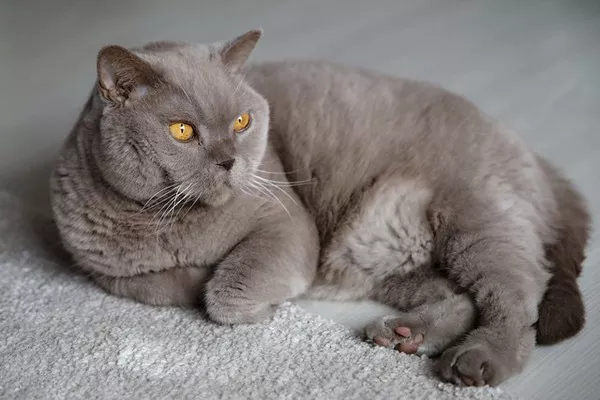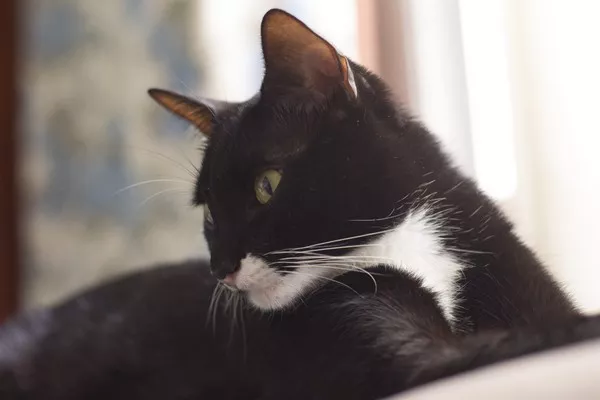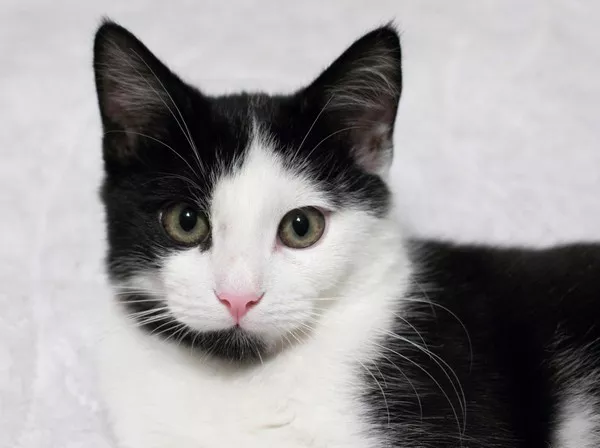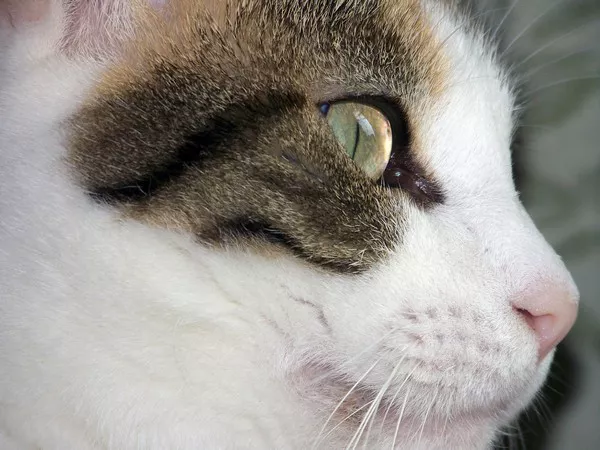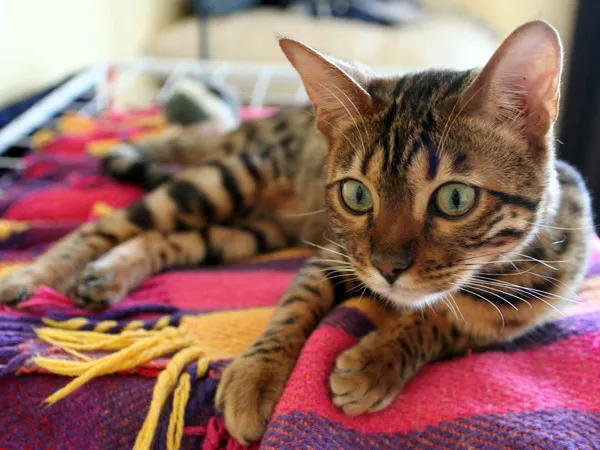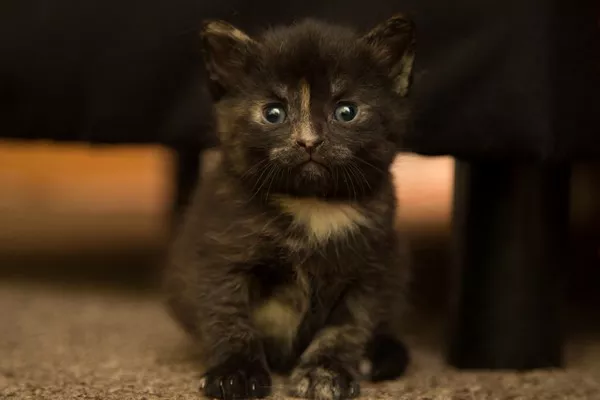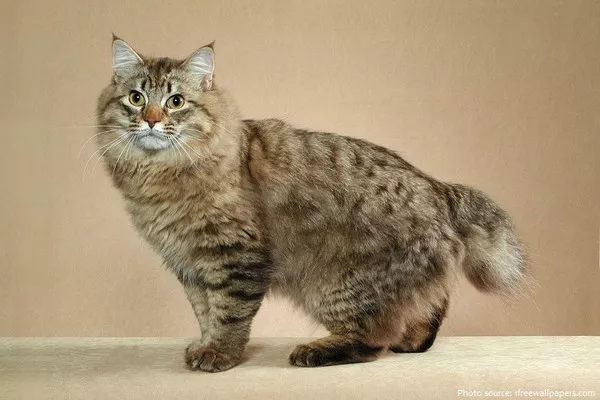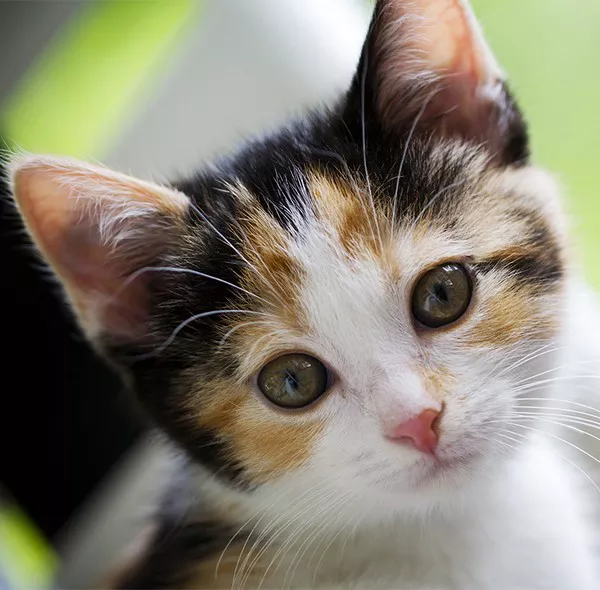If you are considering adding a British Shorthair cat to your household and already have a dog, or vice versa, you might be wondering if the two will get along. In general, British Shorthairs are known for their laid-back and easygoing nature, which can make them compatible with dogs. However, as with any potential pet pairing, there are several factors to consider.
In this comprehensive guide, we will explore whether British Shorthairs get along with dogs, what factors influence their compatibility, and how to introduce them properly.
The Temperament of British Shorthairs
British Shorthairs are a calm and friendly breed of cat. They are known for being independent, but also affectionate towards their owners. They tend to be less active than some other breeds and enjoy lounging around the house, but they can also be playful and enjoy interactive playtime.
Their laid-back nature means that they can generally adapt well to living with other pets, including dogs. British Shorthairs are not typically aggressive, so they are unlikely to start fights with other animals in the household.
Factors That Influence Compatibility
While British Shorthairs may generally be compatible with dogs, there are several factors that can affect their specific relationship. Here are some key considerations to keep in mind when introducing a British Shorthair to a dog:
1. Age: The age of both the cat and the dog can play a role in their compatibility. Kittens and puppies are usually more adaptable and open to new experiences, whereas older pets may be set in their ways and less tolerant of change.
2. Size: The size of the dog should also be considered. While British Shorthairs are not a particularly small breed of cat, they may still be intimidated by larger dogs. Similarly, smaller dogs may feel threatened by the presence of a larger cat.
3. Breed: The breed of the dog can also affect compatibility. Some breeds are more laid-back and less likely to chase or bother cats, while others may have a high prey drive and be more inclined to pursue them.
4. Personality: Lastly, the personality of both pets should be taken into account. A calm and easygoing dog is more likely to get along with a British Shorthair than one that is highly excitable or aggressive.
How to Introduce a British Shorthair and a Dog
Introducing a British Shorthair and a dog requires patience and careful planning. Here are some steps to follow to help ensure a successful introduction:
1. Separate Spaces: Start by keeping the cat and the dog in separate spaces for the first few days or even weeks. This will allow them to get used to each other’s scent and presence without feeling threatened.
2. Controlled Meetings: When you feel ready to introduce them, do so in a controlled manner. Keep the dog on a leash and let the cat approach at their own pace. Reward both pets for good behavior, such as ignoring each other or sniffing respectfully.
3. Supervision: Always supervise interactions between the two pets, especially in the early stages. If either pet shows signs of aggression or discomfort, separate them immediately and try again later.
4. Patience: Remember that it may take time for your pets to become comfortable around each other. Be patient and don’t force them to interact if they’re not ready.
Which Cat is Best with Dogs?
1. Siamese cats: They are outgoing, confident and love attention from both humans and dogs.
2. Abyssinian cats: They are energetic, playful and enjoy the company of other animals, including dogs.
3. Maine Coon cats: They are gentle, easy-going and tend to get along well with dogs, especially if they are raised together.
4. Ragdoll cats: They are calm, relaxed and affectionate, making them great companions for dogs.
Conclusion
In general, British Shorthairs can get along well with dogs, but there are several factors to consider when introducing them. Age, size, breed, and personality can all play a role in their compatibility. With patience and care, however, most pets can learn to coexist peacefully and even form close bonds with each other.

